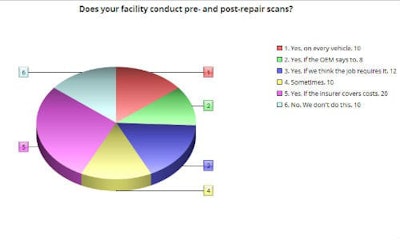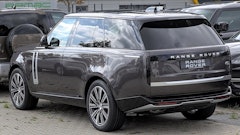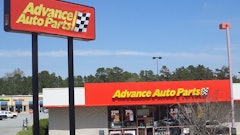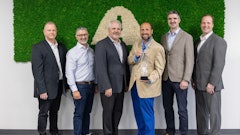
Peterborough, Ontario — December 13, 2016 — Scanning and calibration have been the hottest topics in collision repair this past year, with industry consultants such as Mike Anderson saying the best practice is to run a full scan, both before and after the repair. But how many shops are actually doing this?
According to the results of our latest survey, most of the shops who participated perform these scans under at least some conditions. We depend on you to participate in these surveys to make sure we have the best results possible. Our next survey focuses on certification and accreditation programs. You can check it out here.
As usual with our surveys, our look into scanning practices started by asking participants to define their role in the automotive claims economy. Shop owners and managers formed the bulk of the respondents with 60 percent. Estimators and other office staff took up 10 percent, as did suppliers and manufacturers. The next highest category of respondents fell under the “Other” category, netting 8 percent of responses. These are primarily representatives of OEMs or industry consultants. Insurers took the next highest spot at 6 percent, with jobbers occupying 4 percent of the total responses. Last, but certainly not least, technicians and other production staff constituted just 2 percent of respondents to this survey. You can see the results in the chart below.

At this point, the survey split into different directions based on responses to the first question. Repairers, including owner/managers, techs and estimators were asked about the scanning practices in place at their shops.
The answers to this question were widely varied, but the top position was “Only if the insurer has agreed to cover the costs” at 20 percent. This speaks to the need for clarity on whether or not these operations are covered by various insurance companies. The next highest category, at 12 percent, was “Yes, if we think the job may require it.” This seems like a good policy on the surface, but it does a question: how can you tell if the job will require it before running the scan? Many fault codes will not show up as indicator lights and the wealth of sensors in modern vehicles means even small things may have catastrophic consequences if the vehicle is in another accident.
Three of the possible responses netted a full 10 percent each: “Yes, on every vehicle,” Sometimes,” and “No. We don’t do this.” According to our survey, for every shop out there that scans ever vehicle, there is another shop that doesn’t seem to scan at all.
In the bottom in terms of responses was “Yes, if the OEM has released an official position statement saying it’s required” at 8 percent.
Our surveys allow respondents the option to leave anonymous comments. Here’s a few of the comments left for this question:
– “Fast approaching need to do all.”
– “We have been scanning as needed but just purchased a new Snap On scanner and will be scanning everything pre and post.”
– “We do every vehicle that any wiring is being disconnected for the repair, if any lights on the dash and if the accident is significant enough to warrant it.”
– “We get approval regarding payment either from the insurance company or the customer. If neither one agrees to pay we have a waiver of liability signed by the customer.”
Respondents identifying themselves as insurers were given a different question: “Does your company encourage repairers to conduct pre- and post-repair scans of every vehicle?”
Our sample size of insurers is small, but the answers provided may help to illuminate where they stand on the issue. There were six possible responses for this question, but only two were used. A full two-thirds of respondents indicated that they would encourage repairers to conduct these scans “… if the repairer can say why it’s needed.” The final third of respondents indicated that the issue was “under review.”
Our next weekly survey focuses on certification and accreditation programs. You can check it out here.





















